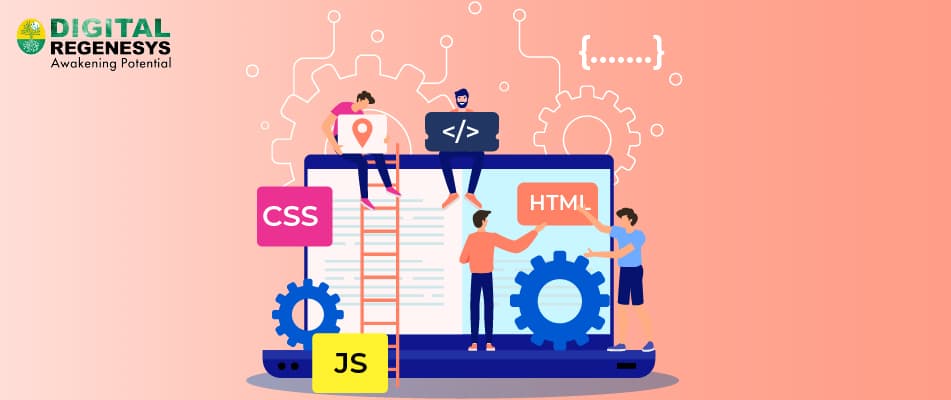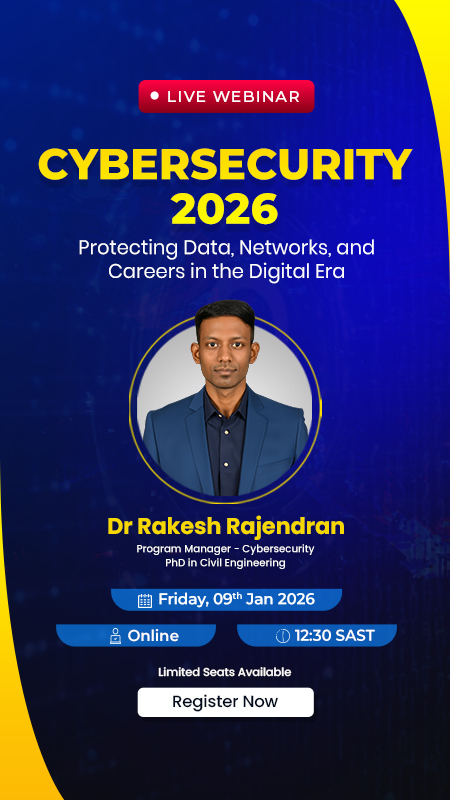How much time do I need to learn full-stack web development?
In today’s fast-paced digital world, web development has become an increasingly sought-after skill. With the rise of online businesses and the ever-expanding internet landscape, the demand for skilled web developers continues to grow. Full stack web & software development, in particular, has emerged as a popular career path due to its comprehensive nature, combining both front-end and back-end development skills. However, many aspirational developers are still left with one unanswered question: How long does it take to master and earn a full stack web development certificate?
The answer to this question is complex and depends on a number of variables, such as your learning preferences, level of commitment, past experience, and the resources at your disposal. We’ll go into more detail about each of these aspects in this blog post so you can better understand how much time it takes to become adept in full stack web & software development.
Table Of Contents
- Understanding Full Stack Web Development
- Factors Affecting Learning Time
- Estimating Learning Time
- Tips for Efficient Learning
- Conclusion
Understanding Full Stack Development
Let’s first define what is full stack development before getting into the time investment. Full stack developers are proficient in both front-end and back-end technologies, allowing them to build complete web applications from start to finish.
Front-end development involves creating the user interface and experience using technologies such as HTML, CSS, and JavaScript. This includes designing and coding the layout, navigation, and visual elements of a website or web application.
On the other hand, back-end development focuses on server-side programming and database management. Back-end developers use languages like Python, Ruby, Node.js, or PHP to handle server logic, database interactions, and other behind-the-scenes functionalities.
In addition to these core skills, full stack developers often need to be familiar with other tools and technologies such as version control systems (e.g., Git), web servers, APIs, and frameworks like React, Angular, or Vue.js.
Factors Affecting Learning Time
- Prior Experience: Your previous experience with programming and web development can significantly impact the time it takes to learn full stack development. If you’re starting from scratch, you’ll need to allocate more time to grasp fundamental concepts and programming principles. However, if you already have full stack development certification or experience with front-end or back-end development, you may be able to accelerate your learning process by building upon existing knowledge.
- Learning Style: Everyone has a unique learning style, whether it’s through reading, watching video tutorials, participating in hands-on projects, or attending coding bootcamps. Identifying your preferred learning style can help you optimise your study plan and make the most efficient use of your time.
- Dedication and Consistency: Consistency is key when it comes to learning a new skill in order to earn a full stack web development certification. Setting aside dedicated time each day or week for learning and practice can significantly accelerate your progress. However, it’s essential to strike a balance and avoid burnout by taking breaks and maintaining a healthy lifestyle.
- Available Resources: The availability of resources such as online courses, tutorials, books, coding communities, and mentorship programmes can impact your learning journey. Choosing high-quality resources that align with your learning goals and preferences can enhance your understanding and make the learning process more engaging.
Estimating Learning Time
Although it’s difficult to give a specific estimate for the time required to learn full stack web development, we may provide some general guidelines based on various circumstances:
Beginner with no prior experience: If you’re starting from scratch with no prior programming or web development experience, it may take anywhere from six months to a year to become proficient in full stack web development. This timeframe allows for learning foundational concepts, mastering programming languages, and gaining hands-on experience through projects and practice.
Intermediate developer with some experience: For individuals with prior experience in either front-end or back-end development, the learning curve may be shorter. Depending on the depth of your existing knowledge and the extent of new skills you need to acquire, you could expect to spend three to six months mastering full stack development.
Experienced developer transitioning to full stack: Experienced developers looking to transition to full stack web development can leverage their existing skills and knowledge to expedite the learning process. With focused learning and targeted practice, they may achieve proficiency in as little as three months, depending on their familiarity with relevant technologies.
Tips for Efficient Learning
Regardless of your starting point or learning goals, here are some tips to optimise your learning journey:
- Set Clear Goals: Define specific, measurable goals for your learning journey, such as building a portfolio website, completing a coding challenge, or contributing to an open-source project. Breaking down your goals into smaller, achievable tasks can help you stay motivated and track your progress.
- Practice Regularly: Consistent practice is crucial for reinforcing concepts and improving your coding skills. Dedicate time each day or week to coding exercises, projects, and challenges to apply what you’ve learned and build a strong foundation.
- Seek Feedback and Collaboration: Don’t hesitate to seek feedback from peers, mentors, or online communities. Collaborating with others on projects or participating in code reviews can provide valuable insights, identify areas for improvement, and foster a supportive learning environment.
- Stay Curious and Keep Learning: Web development is a rapidly evolving field, with new technologies and frameworks emerging regularly. Stay curious, explore new tools and techniques, and continue learning beyond the basics to stay relevant and adaptable in the ever-changing tech landscape.

Conclusion
In conclusion, the time it takes to learn full stack web development varies depending on several factors, including your prior experience, learning style, dedication, and available resources. While there’s no fixed timeline for mastering full stack development, setting clear goals, practising regularly, seeking feedback, and staying curious can accelerate your learning progress.
Whether you’re a beginner starting from scratch or an experienced developer looking to expand your skill set, remember that learning web development is a journey rather than a destination. Embrace the challenges, celebrate your achievements, and keep pushing yourself to grow and evolve as a developer. With dedication, persistence, and a growth mindset, you can embark on your full stack web development journey with confidence and determination.
You can learn more about Digital Regenesys’s Full Stack Web & Software Development Course here.
FAQs – Frequently Asked Questions: What makes a data science short course an attractive option for learners?
Q.1 Can I learn full stack web development without any prior coding experience?
A.1 Yes, it’s possible to learn full stack web development from scratch, even if you have no prior coding experience. However, it may take a bit longer compared to those with some programming background. Dedication and consistent practice are key to overcoming the initial learning curve.
Q.2 How can I stay motivated and overcome challenges while learning full stack web development?
A.2 Learning full stack web development can be challenging at times, but staying motivated is essential for success. Break down complex concepts into smaller, manageable tasks, celebrate your progress, and seek support from peers and online communities. Remember why you started and visualise your goals to stay motivated during your learning journey.
Q.3 What is full-stack software development?
A.3 Full-stack software development involves creating both the front-end and back-end components of a web application. It requires proficiency in programming languages, frameworks, and technologies for designing user interfaces (front-end) and managing databases and server-side logic (back-end). Full-stack developers play a crucial role in building complete web applications independently or as part of a team, contributing to the entire development lifecycle from concept to deployment and maintenance.
Q.4 Can I earn a full stack development certificate?
A.4 Yes, there are various online platforms and coding bootcamps that offer full stack web development certificate programs or certifications. These programmes typically cover a comprehensive curriculum designed to teach you the necessary skills and technologies for full stack development.
Q.5 How long does it take to complete a full stack web development certificate course?
A.5 The duration of full stack web development certificate programs varies depending on the specific program and its structure. At Digital Regenesys, it takes 40 weeks to complete the course.
Q.6 Are there any prerequisites for enroling in a full stack development certification course?
A.6 Prerequisites for full stack development certification courses may vary depending on the course provider. Some courses may require basic knowledge of programming languages such as HTML, CSS, and JavaScript, while others may have more specific requirements. It’s essential to review the course’s prerequisites and determine if you meet the criteria before enroling.














